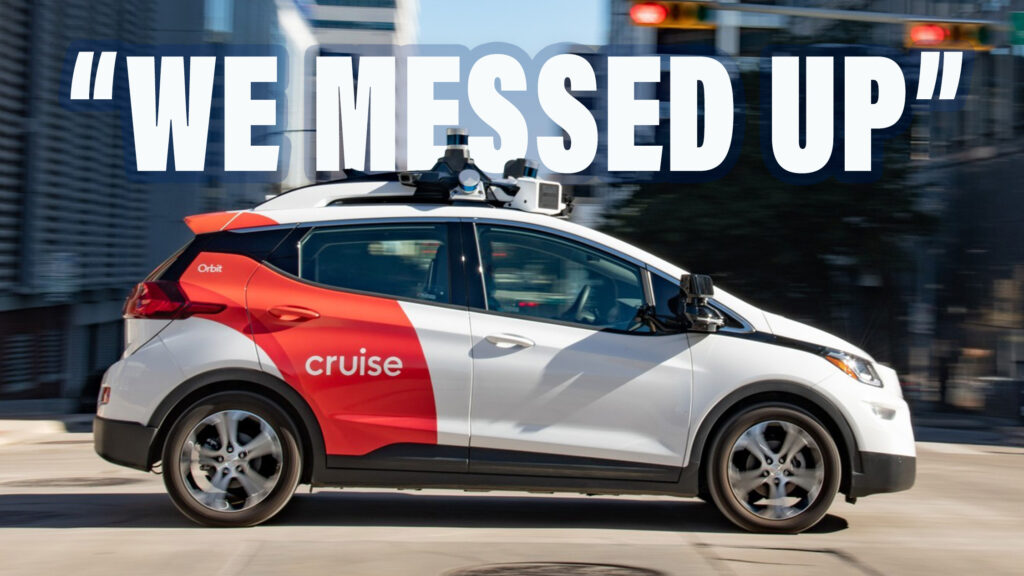Independent report commissioned by GM and Cruise highlighted poor leadership and lack of transparency with regulators
1 hour ago
 –>
–> 
–>
Crisis-hit Cruise has fessed up to leaderships mistakes in attempt to win back public trust and placate regulators who banned its robotaxis from the road in the wake of a tragic accident in San Francisco last year.
Cruise and parent company GM jointly commissioned a report by law firm Quinn Emanuel to investigate Cruise’s handling of the incident, and the pair say they agree with the damning findings. Cruise also revealed in a blog post acknowledging the conclusions of the report that it was the subject of probes by both the U.S. Justice Department and Securities and Exchange Commission as a result of the accident in October.
That incident involved a pedestrian being struck by one of the firm’s autonomous Chevy Bolts, then dragged along the road before the car came to a stop. The woman, who had been thrown into the path of the Bolt after being first hit by another vehicle, survived but was seriously injured.
advertisement scroll to continue

California’s DMV withdrew Cruise’s permit to operate autonomous robotaxis after the accident, but Quinn Emanuel’s investigation revealed failures at the company that go well beyond problems with the autonomous tech on its cars. There were definitely problems with the tech, though. A separate report discovered that the self-driving Bolt had mistakenly identified the impact with the pedestrian as a side collision, and rather than stopping immediately, had tried to pull over to the side of the road, dragging the woman with it.
Related: Cruise Slashes 24% Of Workforce As Part Of Safety-Focused Restructuring
Going further, Quinn Emanuel, found that Cruise’s management team showed poor judgement in the aftermath of the incident, opting not to disclose that the victim was dragged 20 ft (6.1 m), and instead letting investigators draw their own conclusions from video footage, failing to gather information from key witnesses and disbanding a response team soon after the collision.
“The reasons for Cruise’s failings in this instance are numerous: poor leadership, mistakes in judgment, lack of coordination, an ‘us versus them’ mentality with regulators, and a fundamental misapprehension of Cruise’s obligations of accountability and transparency to the government and the public,” Quinn Emanuel concluded. “Cruise must take decisive steps to address these issues in order to restore trust and credibility.”
Nine senior figures including former CEO Kyle Vogt have departed the company in the wake of the accident and Cruise was forced to let go 24 percent of its workforce while it battles its DMV suspension and tries to handle the fallout from the accident.
“We know our license to operate must be earned and is ultimately granted by regulators and the communities we serve,” Cruise wrote in its blog post. “We are focused on advancing our technology and earning back public trust.”

 <!–
<!– –>
–> 

